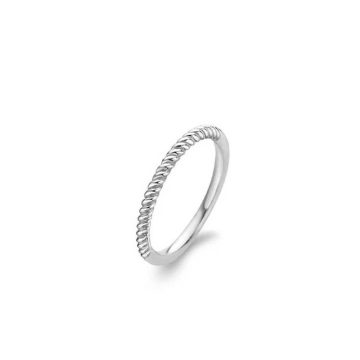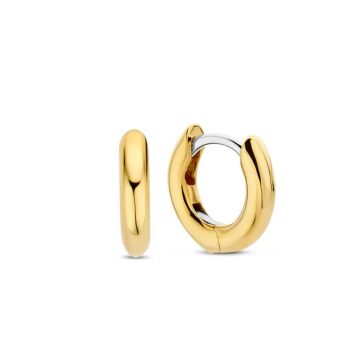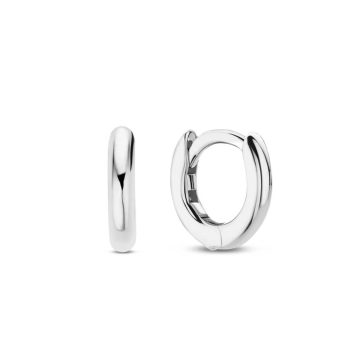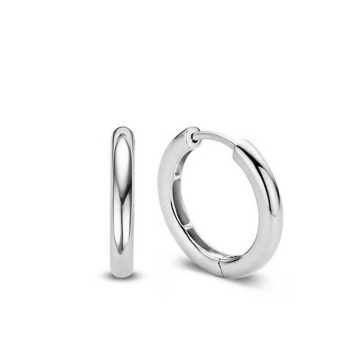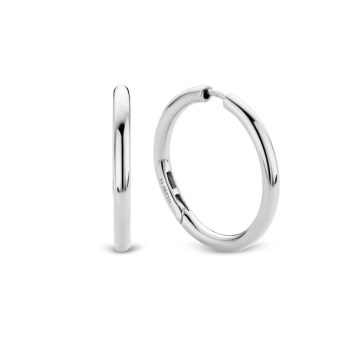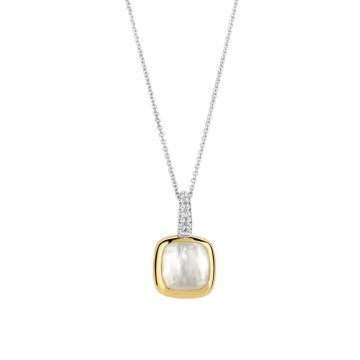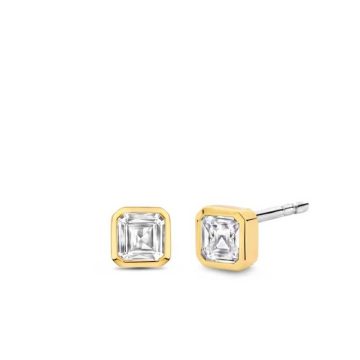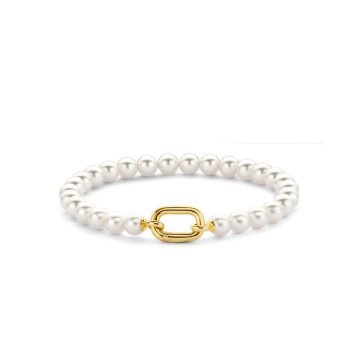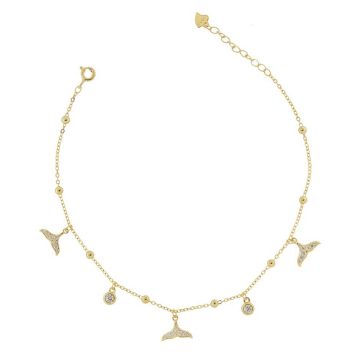TI SENTO Women’s ring, silver (925°), 1936SI
This stylish TI SENTO ring is the ideal base and the ultimate must-have to combine for stacked rings. The twisted silver ring with its sleek design provides a seamless connection to other rings in the stack you choose to create. In the TI SENTO collection are many other rings to discover which can be combined …
TI SENTO Women’s earrings mini huggies, silver (925°), 7954YS
These TI SENTO gold-plated mini huggies 7954YS are the epitome of chic sophistication and timeless elegance. Crafted from premium 925 sterling silver, they are plated with yellow gold for a touch of radiance. The mini huggies have a 10mm diameter. These mini huggies are designed to delicately hug your earlobes, adding a touch of glamour …
TI SENTO Women’s earrings mini huggies, silver (925°), 7954SI
These TI SENTO silver mini huggies 7954SI are testament to timeless elegance and understated charm. Crafted from premium 925 sterling silver and coated with platinum, these mini huggies offer a luxurious addition to your jewellery collection. With a dainty 10mm diameter, these huggies are designed to delicately embrace your earlobes, creating a subtle yet impactful …
TI SENTO Women’s earrings hoops, silver (925°), 7215SI
These simple TI SENTO earrings have a diameter of 20mm and are made from high-quality rhodium plated sterling silver. The rhodium finish provides the earrings with an extra shine as well as an increased life span. These earrings can be worn alone or combined with other styles of jewellery. To bring out the best in …
TI SENTO Women’s earrings hoops, silver (925°), 7782SI
The magic is in our Silver with these classic hoops. Their safety-lock ensures that they are always with you. Timeless. These earrings are suitable for all ear charms. Mix and match them any way you like!
TI SENTO Women’s earrings hoops, silver (925°), 7789ZI
Festive and refined. These dazzling white zirconia pavé hoops enchant and sparkle. Their safety-lock ensures that they are always with you.
TI SENTO Women’s necklace, silver (925°), 6829MW
This TI SENTO gold-plated pendant 6829MW showcases a mother of pearl cushion shaped stone handset in a radiant yellow gold-plated setting. A harmonious blend of sleek geometry and vibrant colours. The funky cushion shape, symbolising stability and direction, showcases TI SENTO’s iconic design elements. The pendant features a pave of dazzling cubic zirconia, adding luminosity …
TI SENTO Women’s bracelet, silver (925°), 23035SY
This TI SENTO gold-plated bracelet 23035SY features a safety pin adorned with yellow gold-plating, adding a touch of luxury to its sleek design. The bracelet is meticulously crafted from premium 925 sterling silver and plated with yellow gold to the highest goldsmith standards. Elevate your wrist with this sophisticated piece that effortlessly marries the edginess …
TI SENTO Women’s earrings, silver (925°), 7967ZY
These TI SENTO gold-plated stud earrings 7967ZY flaunt a trendy square shape and dazzling white cubic zirconia stones. Meticulously crafted from premium 925 sterling silver, they are handset in radiant yellow gold-plated settings. Elevate your style with the timeless allure of the iconic square symbolising order, stability, and direction into your life. Light up the …
TI SENTO Women’s bracelet, silver (925°), 23037YP
This TI SENTO gold-plated pearl bracelet 23037YP is a symbol of timeless elegance and luxury. This bracelet features a stream of small luminous pearls, each carefully selected to exude a sense of refined sophistication. At its heart lies a yellow gold-plated signature link lock, designed to keep this piece with you all the time. Crafted …
JOOLS Foot chain, gold-plated silver (925°), TYB220510-35A.2
Gold-plated silver foot chain (925°), one of the favorite summer accessories!
JOOLS Women’s hoop earrings, gold-plated silver (925°), L435GP
Women’s hoop earrings in gold-plated silver (925°).

